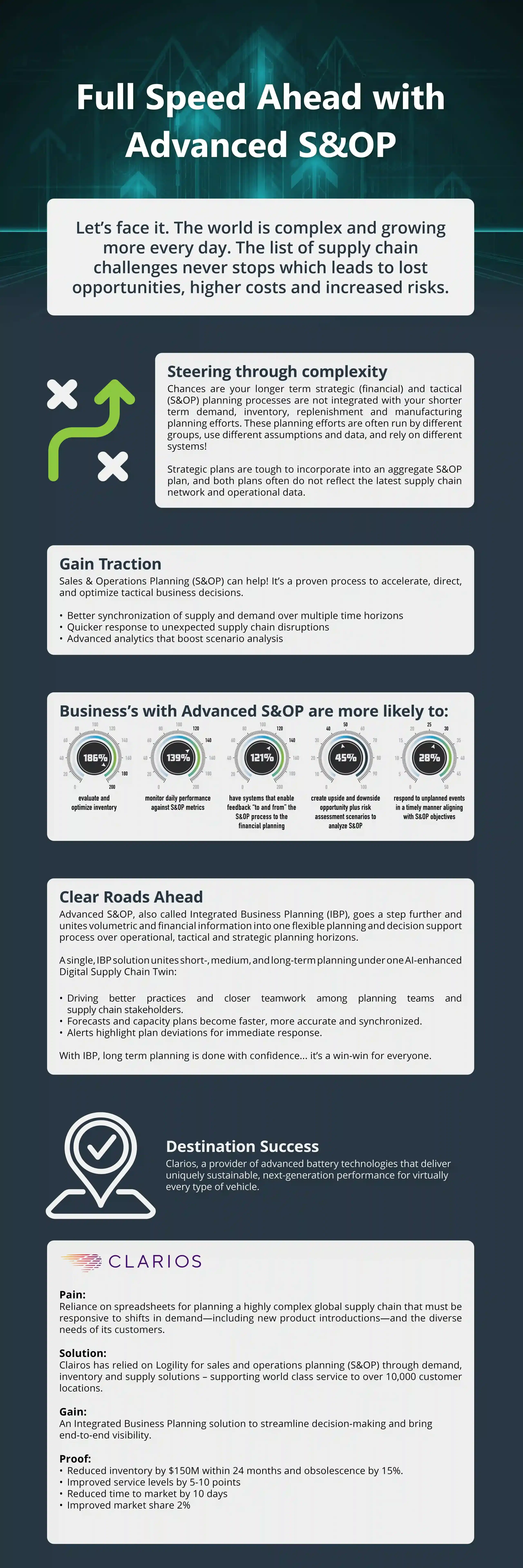Demand forecasting plays a crucial role in business success, as it helps predict customer demand and plan inventory effectively. However, traditional forecasting methods often fall short in accuracy. Fortunately, with the advent of artificial intelligence (AI), demand forecasting software has undergone a significant transformation. In this beginner-friendly blog post, I’ll explore how AI can improve demand forecasting and highlight the key concepts that will help you understand this exciting field.
Smart Data Analysis: AI algorithms excel at handling large amounts of data, such as sales history, market trends, and customer behavior. By using AI, demand forecasting models can identify patterns and connections within the data, leading to more accurate predictions.
Automated Learning: Machine learning algorithms automate the training process, reducing the need for manual intervention. AI systems continuously learn from new data, adapt to changing market dynamics, and fine-tune forecasting models in real-time, ensuring up-to-date and reliable predictions.
Understanding Customer Segments: AI-powered demand forecasting software allows businesses to divide customers into different groups based on factors like location, demographics, and purchase history. This segmentation helps personalize forecasting models and better understand unique demand patterns across customer groups.
Considering External Factors: AI algorithms effortlessly incorporate external factors like economic indicators, weather conditions, and social media sentiment. By considering these factors, demand forecasting models become more comprehensive and can capture how external variables affect customer demand.
Real-time Forecasting: With AI, businesses can achieve real-time demand forecasting, providing immediate insights into market conditions. By continuously monitoring and analyzing data, AI systems can detect demand fluctuations, adjust forecasts accordingly, and support proactive decision-making.
Predicting Future Trends: AI techniques enable businesses to move beyond historical analysis and make predictions about future trends. By leveraging machine learning, demand forecasting models can identify hidden patterns, anticipate emerging trends, and make proactive predictions, helping businesses stay ahead of the competition.
Improved Accuracy: One of the significant benefits of AI in demand forecasting software is improved accuracy. AI models use advanced statistical techniques and regression methods to reduce errors, resulting in more reliable and precise demand predictions.
Sensing Real-time Demand: Demand sensing is the ability to capture and respond to real-time demand signals. AI-enabled demand forecasting systems can sense demand signals from various channels, such as point-of-sale data and online sales. This enables businesses to quickly respond to changing demand patterns and optimize inventory levels.
Optimizing Inventory Management: Accurate demand forecasting with AI leads to better inventory management. By predicting demand more precisely, businesses can minimize stockouts, reduce excess inventory costs, and improve overall supply chain efficiency.
Influencing Demand: AI-based demand forecasting allows businesses to strategically shape demand. By understanding customer preferences and behavior, businesses can influence demand through targeted marketing campaigns, pricing strategies, and product promotions, resulting in increased sales and customer satisfaction.
Artificial intelligence has revolutionized demand forecasting by enabling businesses to leverage advanced analytics, automation, and real-time insights. By incorporating AI into demand forecasting processes, businesses can improve accuracy, optimize inventory management, respond swiftly to market changes, and make data-driven decisions. As a beginner, focusing on the key concepts mentioned above will provide you with a solid foundation to understand how AI can enhance demand forecasting in your business.
Still need more information? Head to our demand forecasting solutions page. If you’re ready to get started, contact us and we can walk you through first steps.


